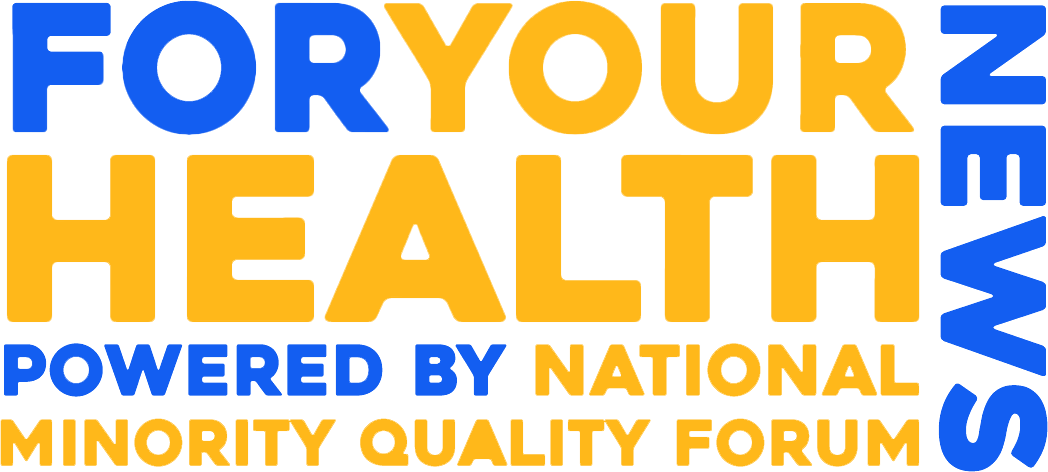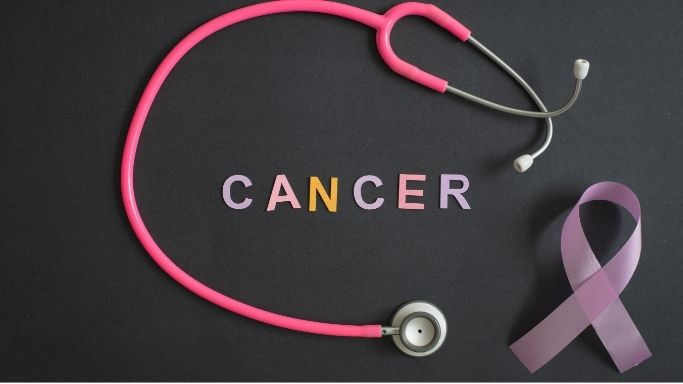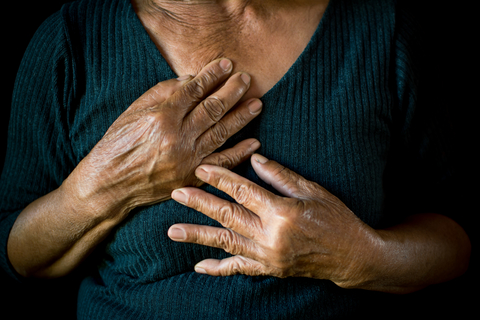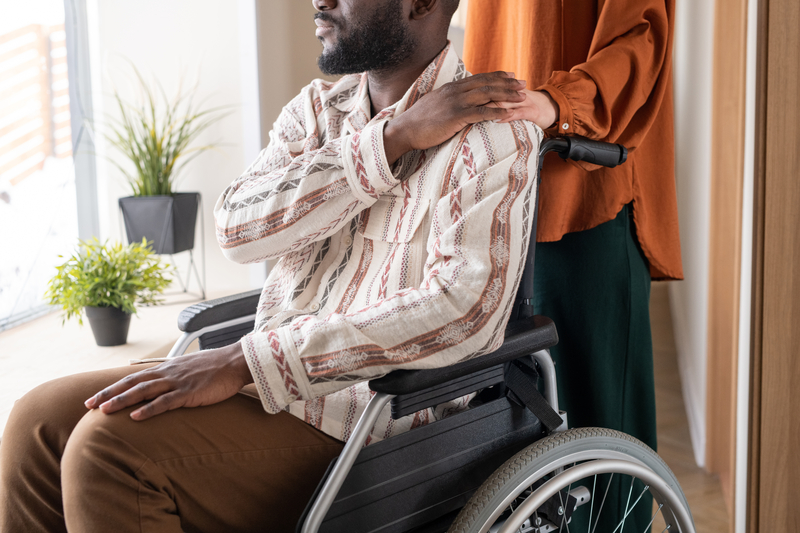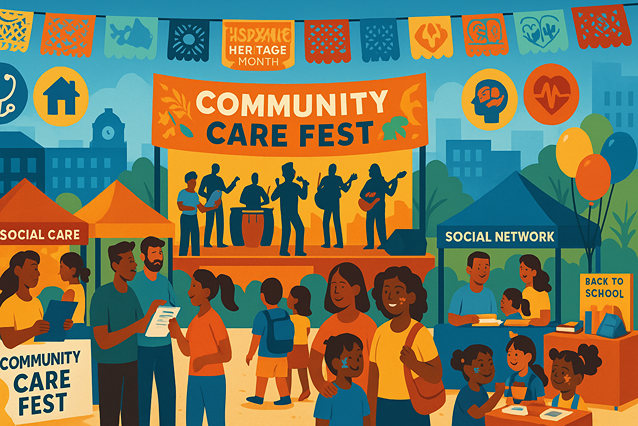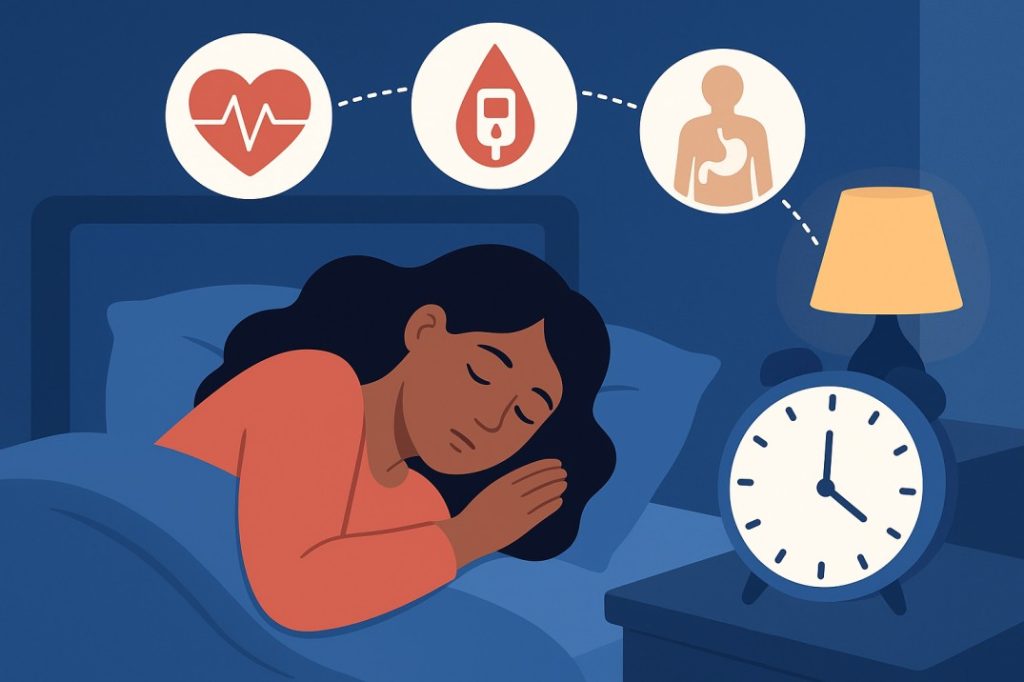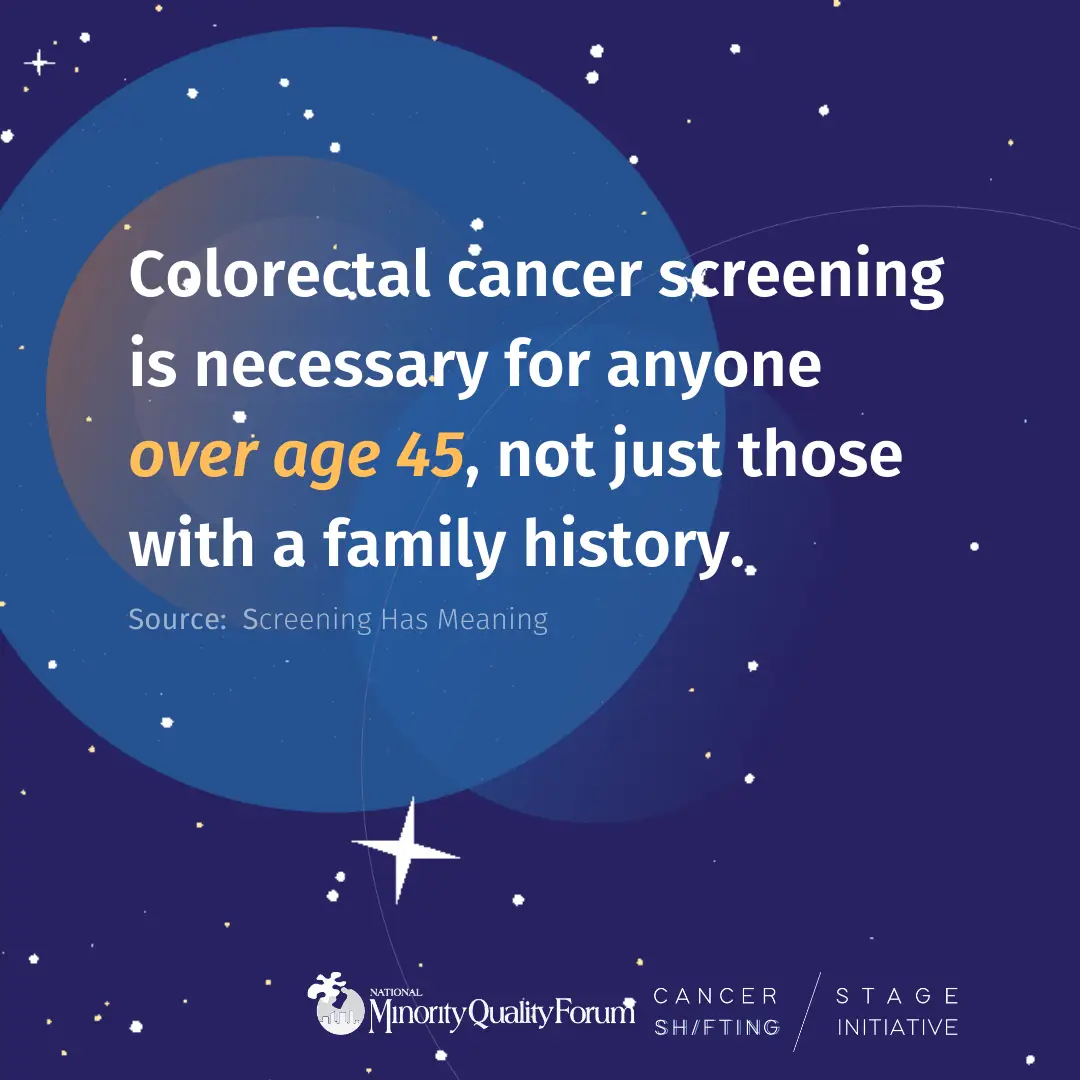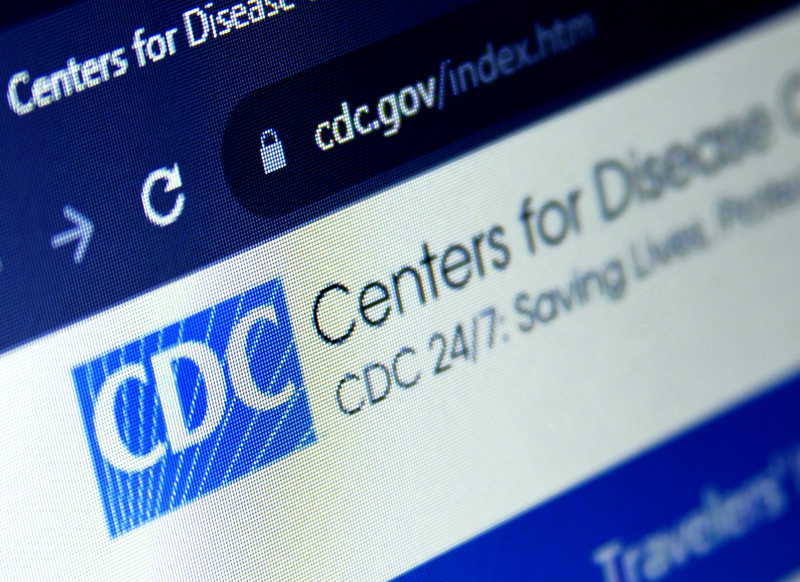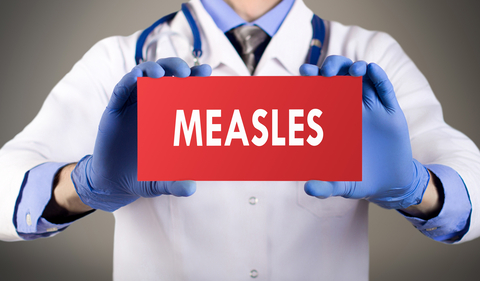
When I first came across the concept of a coffee nap—or “nappuccino,” as it’s cleverly called—it felt almost impossible to connect caffeine with rest. Personally, if I drink a cup of coffee after noon, I can count on being awake until midnight. Yet I know people who can sip an espresso with dinner and drift off just a couple of hours later. Clearly, our bodies respond to caffeine in very different ways, which makes this trend all the more intriguing.
If you’re as curious as I was, I invite you to dive a little deeper into this new trend and see why so many people are giving coffee naps a try.
A Trend Brewing Worldwide
In today’s fast-paced world, people are constantly seeking new ways to stay energized, focused, and productive. Between long workdays, family responsibilities, and the mental drain of daily stressors, fatigue often creeps in just when we need to be at our sharpest. Traditionally, people have turned to either a quick nap or a cup of coffee as their go-to remedy for exhaustion. But what happens when you combine the two? Enter the coffee nap—a trend that has been gaining momentum across the globe, celebrated as one of the most efficient ways to recharge both body and mind.
The coffee nap, also known as a “caffeine nap” or “nappuccino,” may sound counterintuitive at first. After all, most of us associate coffee with staying awake, not drifting off to sleep. But research shows that pairing caffeine with a short nap can actually maximize alertness and performance more than either strategy alone. This practice, once confined to the world of sleep science and productivity enthusiasts, is now making waves on social media, in workplace wellness programs, and among students seeking smart ways to manage their energy.
What Exactly Is a Coffee Nap?
At its core, a coffee nap is simple. First, you drink a cup of coffee or another caffeinated beverage. Then, instead of staying awake and waiting for the caffeine to kick in, you immediately lie down for a nap of about 15–20 minutes. When you wake up, the caffeine is just beginning to take effect in your bloodstream, leaving you more alert, refreshed, and energized than if you had simply napped or just had coffee.
This technique is most effective when naps are kept short. Longer naps can push you into deeper stages of sleep, making it harder to wake up and leaving you feeling groggy, a phenomenon known as “sleep inertia.” By limiting your nap to under 20 minutes, you stay in the lighter stages of sleep and are able to wake up quickly just as the caffeine boost arrives.
The Science Behind the Coffee Nap
The secret to the coffee nap’s effectiveness lies in adenosine, a chemical in the brain that makes us feel sleepy. Over the course of the day, adenosine builds up as a byproduct of energy consumption. The more it accumulates, the sleepier we feel.
Here’s where the coffee nap becomes powerful:
- Napping clears some of the adenosine that has built up.
- Caffeine works by blocking adenosine receptors in the brain.
- By taking a nap right after drinking coffee, you allow your brain to flush out adenosine during your rest. When you wake up, there’s less adenosine competing for those receptors—so the caffeine is more effective.
The result is a “double boost”: the restorative benefits of a nap combined with the alertness-enhancing effects of caffeine.
Where Did the Idea Come From?
While people have long relied on both coffee and naps, the formal concept of combining them was popularized in the 1990s by sleep researchers in the United Kingdom. Studies at Loughborough University, led by Professor Jim Horne and colleagues, explored the effects of caffeine plus napping on drivers experiencing fatigue. They found that participants who consumed caffeine and then napped performed better on driving simulations than those who relied on caffeine or naps alone.
Since then, the idea has been tested in multiple contexts—academic settings, shift work, and even medical environments where fatigue can impact decision-making. Productivity experts later brought the concept into mainstream discussion. In his 2018 book When: The Scientific Secrets of Perfect Timing, author Daniel H. Pink coined the playful term “nappuccino,” helping the idea spread beyond research labs and into everyday culture.
Where It’s Trending Now
In recent years, the coffee nap has exploded into a full-blown trend, thanks in part to social media platforms like TikTok and Instagram. Wellness influencers, productivity coaches, and sleep specialists have shared videos explaining the hack, often showing step-by-step routines for getting it right.
Beyond social media, companies in fast-paced industries are experimenting with ways to support coffee naps in the workplace. Some offices have created “nap pods” or quiet rooms, encouraging employees to combine a quick coffee break with a power nap. Universities, too, are seeing the trend catch on, especially during exam seasons when students are searching for smart ways to sustain their energy without overloading on caffeine.
Global Adoption of the Coffee Nap
The appeal of the coffee nap isn’t limited to one culture or country. Around the world, people are adapting the concept into their own traditions of rest and caffeine:
- Japan has long embraced the power nap. Many companies provide designated rest areas for employees to take short naps during the workday, and vending machines dispensing coffee and energy drinks are everywhere. The coffee nap fits seamlessly into this culture of “inemuri,” or napping while present.
- Spain, famous for the siesta, has a cultural history of midday rest. While longer siestas are less common in modern urban life, the coffee nap has been adopted as a shorter, more practical version of this tradition, giving people a quick recharge before resuming work.
- The United States has become one of the biggest advocates of coffee naps, thanks to its “hustle culture.” From Silicon Valley tech workers to medical residents pulling long shifts, many are experimenting with this hack as a way to fight fatigue without losing productivity.
- South Korea and China have also embraced coffee culture in recent decades, with young professionals frequenting cafes at record rates. Coffee naps are beginning to catch on as a modern lifestyle trend among younger generations balancing long hours with social commitments.
This global adoption underscores the universal need for practical solutions to manage energy in an increasingly demanding world.
Benefits and Limitations of Coffee Naps
Benefits
- Increased alertness and mental clarity
- Improved reaction time and performance
- Reduced sleepiness during critical tasks
- A quick energy reset without overconsumption of caffeine
Limitations
- Timing is key: longer naps can backfire and leave you groggy.
- Not ideal late in the day, since caffeine may disrupt nighttime sleep.
- Individual differences in caffeine sensitivity mean it may not work equally well for everyone.
For those who master the timing, however, coffee naps can be a game changer.
Coffee Nap as More Than Just a Hack
While many see the coffee nap as a productivity trick, it also opens up deeper conversations about how we manage energy, prioritize rest, and integrate self-care into daily routines. In a world where people often push through exhaustion with multiple cups of coffee or energy drinks, the coffee nap offers a healthier, more balanced approach. Instead of forcing ourselves to work through fatigue, it encourages us to pause, rest, and let science work in our favor.
Conclusion: Rest, Recharge, and Rethink
The rise of the coffee nap demonstrates how small lifestyle adjustments can make a big impact on our energy and focus. By pairing caffeine with restorative rest, this practice maximizes what both strategies can offer. It’s a reminder that productivity doesn’t have to mean sacrificing our bodies’ natural rhythms—in fact, aligning with them may be the smartest strategy of all.
Would you try a coffee nap during your next afternoon slump—or do you think it’s better to keep naps and coffee separate?
Trending Topics
Features
- Drive Toolkit
Download and distribute powerful vaccination QI resources for your community.
- Health Champions
Sign up now to support health equity and sustainable health outcomes in your community.
- Cancer Early Detection
MCED tests use a simple blood draw to screen for many kinds of cancer at once.
- PR
FYHN is a bridge connecting health information providers to BIPOC communities in a trusted environment.
- Medicare
Discover an honest look at our Medicare system.
- Alliance for Representative Clinical Trials
ARC was launched to create a network of community clinicians to diversify and bring clinical trials to communities of color and other communities that have been underrepresented.
- Reducing Patient Risk
The single most important purpose of our healthcare system is to reduce patient risk for an acute event.
- Subash Kafle
- Victor Mejia
